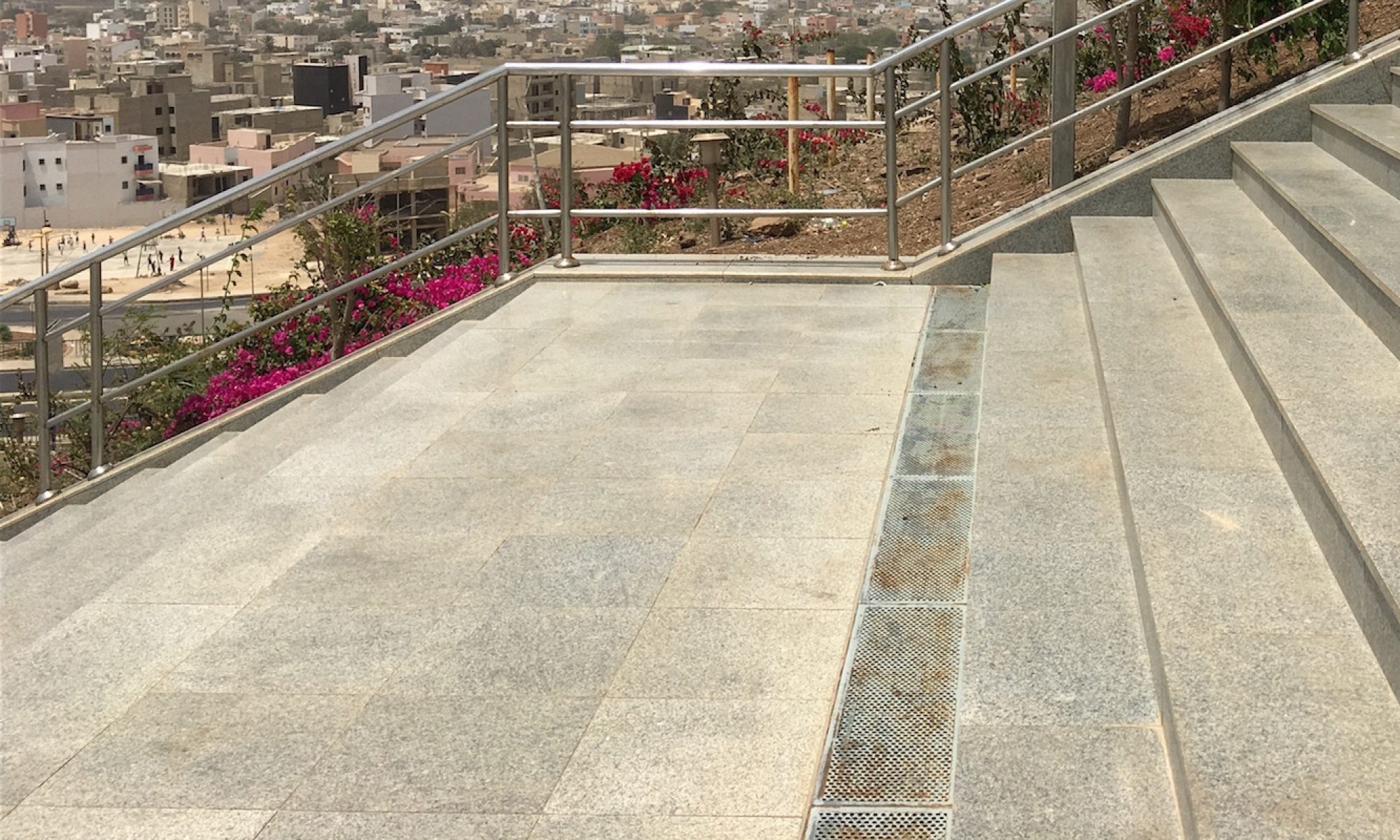Procrastination at its finest, as I write my last blog, I am lost for words to see how freshman year is almost over. Looking back at the first class, I can see how much I have changed not only as a writer, but more importantly, as a person.
I am so happy that Dr. McCoy made us learn everyone’s name on the first day of class, because it has helped me develop my communication skills. For example, instead of trying to grabs someone’s attention by making eye contact, you can call out their name and have a normal conversation. As a result of this, I made an attempt to learn at least five kids’ names in all my classes. This attempt was successful, as I made new friends outside of my core group of friends here at Geneseo. As my dad has said to me countless times, “it’s not what you know, it’s who you know”. I have not told my dad about this little social attempt I made, but I know he would be proud of my “networking”.
Learning people’s name has made it easier for me to do “school”. What I mean by this is that I now look forward going to class instead of dreading it, because I have developed new friends through just learning their names. On top of that, it made it easier to reach out to them outside of class to work on homework or group projects together. For example, instead of emailing someone who you have never spoken to asking for help on homework and getting a response, “Who are you?”, I now receive helpful and personal answers when I ask for help.
I can’t help but think how much different my second semester would be if Dr. McCoy did not make us remember everyone’s name. Imagine a parallel universe where Dr. McCoy did not introduce to each other. I believe as a result, I would be antisocial in INTD and in all my other classes. This would lead me to not to reach out to other students asking for help. Overall, in this parallel universe, my grades would be worse. Also, I would like to point out that in this parallel universe, our collaborative writing assignments would not be as good as they are now because of the lack of communication between each student without knowing everyone’s name.
Ultimately, I believe learning everyone’s name in a single class is not only beneficial for that one class in particular, but for other classes as well.
